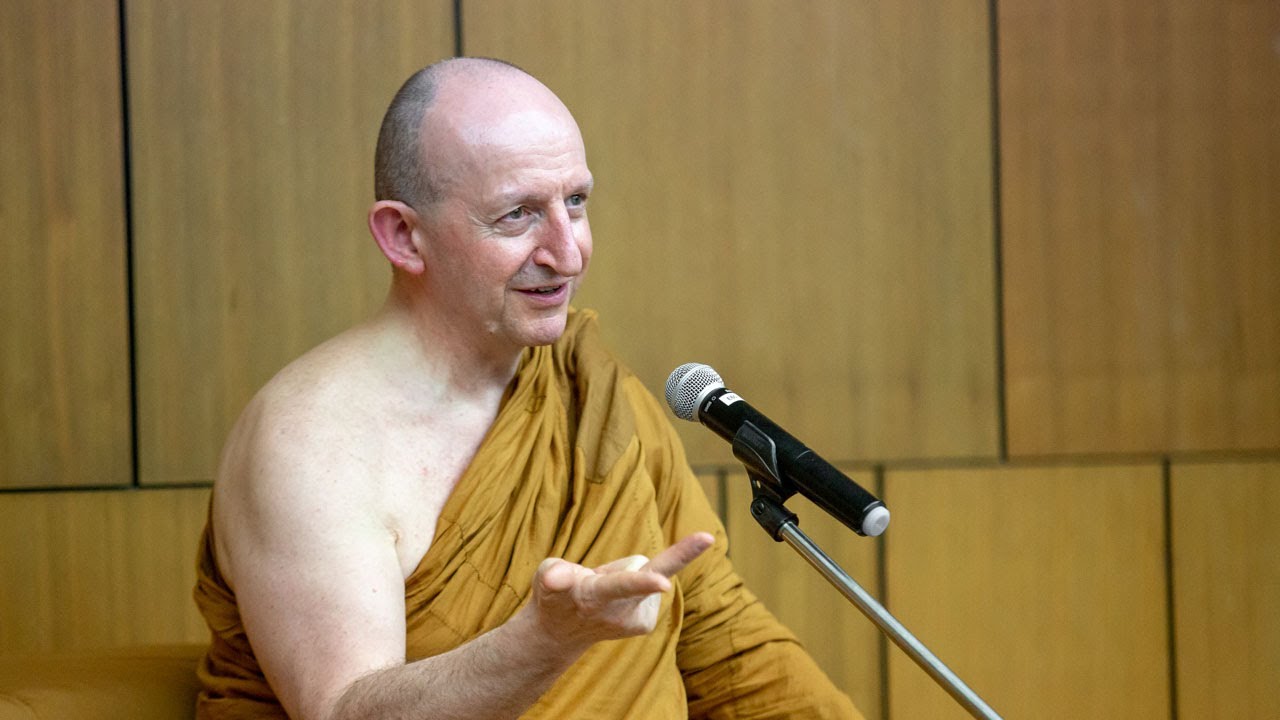In the broader Indian tradition the background awareness is called the Sākṣī (Saakshi). The word is used sparingly in the suttas and not developed in a similar sense way except in MN 119, Kāyagatāsati Sutta where in the 29th-31st verses [PTS iii 96-97] the Buddha says:
“Bhikkhus, when anyone has developed and cultivated mindfulness of the body, then when he inclines his mind towards realising any state that may be realised by direct knowledge, he attains the ability to witness any aspect therein, there being a suitable basis. Suppose, set out on a stand, there were a water jug full of water right up to the brim so that crows could drink from it. Whenever a strong man tips it, would water come out?”
“Yes, Venerable Sir.”
"So too, bhikkhus, when anyone has developed and cultivated mindfulness of the body, then when he inclines his mind towards any state that may be realised by direct knowledge, he attains the ability to witness any aspect therein, there being a suitable basis.
“Suppose there were a square pond on level ground, surrounded by an embankment, full of water right up to the brim so that crows could drink from it. whenever a strong man loosens the embankment, would water come out?”
“Yes, Venerable Sir.”
"So too, bhikkhus, when anyone has developed and cultivated mindfulness of the body, then when he inclines his mind towards any state that may be realised by direct knowledge, he attains the ability to witness any aspect therein, there being a suitable basis.
"Suppose there were a chariot on even ground at the crossroads, harnessed to thoroughbreds, waiting with a goad lying ready, so that a skilled trainer, a charioteer of horses to be tamed, might mount it, and taking the reins in his left hand and the goad in his right hand, might drive out and back by any road whenever he likes. “So too, bhikkhus, when anyone has developed and cultivated mindfulness of the body, then when he inclines his mind towards any state that may be realised by direct knowledge, he attains the ability to witness any aspect therein, there being a suitable basis.”
the Pali text reads:
Seyyathāpi bhikkhave, udakamaṇiko pūro udakassa samatittiko kākapeyyo ādhāre ṭhapito, atha puriso āgaccheyya udakabhāraṃ ādāya. Taṃ kimmaññatha bhikkhave, api nu so puriso labhetha udakassa nikkhepananti.
No hetaṃ bhante.
Evameva kho bhikkhave, yassa kassaci kāyagato sati bhāvitā bahulikatā, na tassa labhati māro otāraṃ, na tassa labhati māro ārammaṇaṃ.
Yassa kassaci bhikkhave, kāyagatā sati bhāvitā bahulīkatā, so yassa yassa abhiññā sacchikaraṇīyassa dhammassa cittaṃ abhininnāmeti abhiññā sacchikiriyāya. Tatra tatrave sakkhibhabbataṃ pāpuṇāti sati sati āyatane.
Seyyathāpi bhikkhave, udakamaṇiko pūro udakassa samatittiko kākapeyyo ādhāre ṭhapito, tamenaṃ balavā puriso yato yato āvajjeyya, āgaccheyya udakanti
Evaṃ bhante.
Evameva kho bhikkhave, yassa kassaci kāyagatā sati bhāvitā bahulīkatā, so yassa yassa abhiññā sacchikaraṇīyassa dhammassa cittaṃ abhininnāmeni abhiññā sacchikiriyāya. Tatra tatrava sakkhibhabbataṃ pāpuṇāti sati sati āyatane.
Seyyathāpi bhikkhave, same bhūmibhāge caturassā pokkharaṇi assa āḷibaddhā pūrā udakassa samatittikā kākapeyyā. Tamenaṃ balavā puriso yato yato āḷiṃ muñceyya5, āgaccheyya udakanti.
Evaṃ bhante.
Evameva kho bhikkhave, yassa kassaci kāyagatā sati bhāvitā bahulīkatā, so yassa yassa abhiññā sacchikaraṇīyassa dhammassa cittaṃ abhininnāmeti abhiññā sacchikiriyāya. Tatra tatreva sakkhibhabbataṃ pāpuṇāti sati sati āyatane.
Seyyathāpi bhikkhave, subhūmiyaṃ cātummahāpathe ājaññaratho yutto assa ṭhito odhastapatodo. Tamenaṃ dakkho yoggācariyo assadammasārathi abhiruhitvā vāmena hatthena rasmiyo gahetvā dakkhiṇena hatthena patodaṃ gahetvā yenicchakaṃ yadicchakaṃ sāreyyāpi paccāsāreyyāpi evameva kho bhikkhave, yassa kassaci kāyagatā sati bhāvitā bahulīkatā, so yassa yassa abhiññā sacchikaraṇīyassa dhammassa cittaṃ abhininnāmeti abhiññā sacchikiriyāya, tatra tatreva sakkhi bhabbataṃ pāpuṇāti sati sati ayatane.




 =
= 